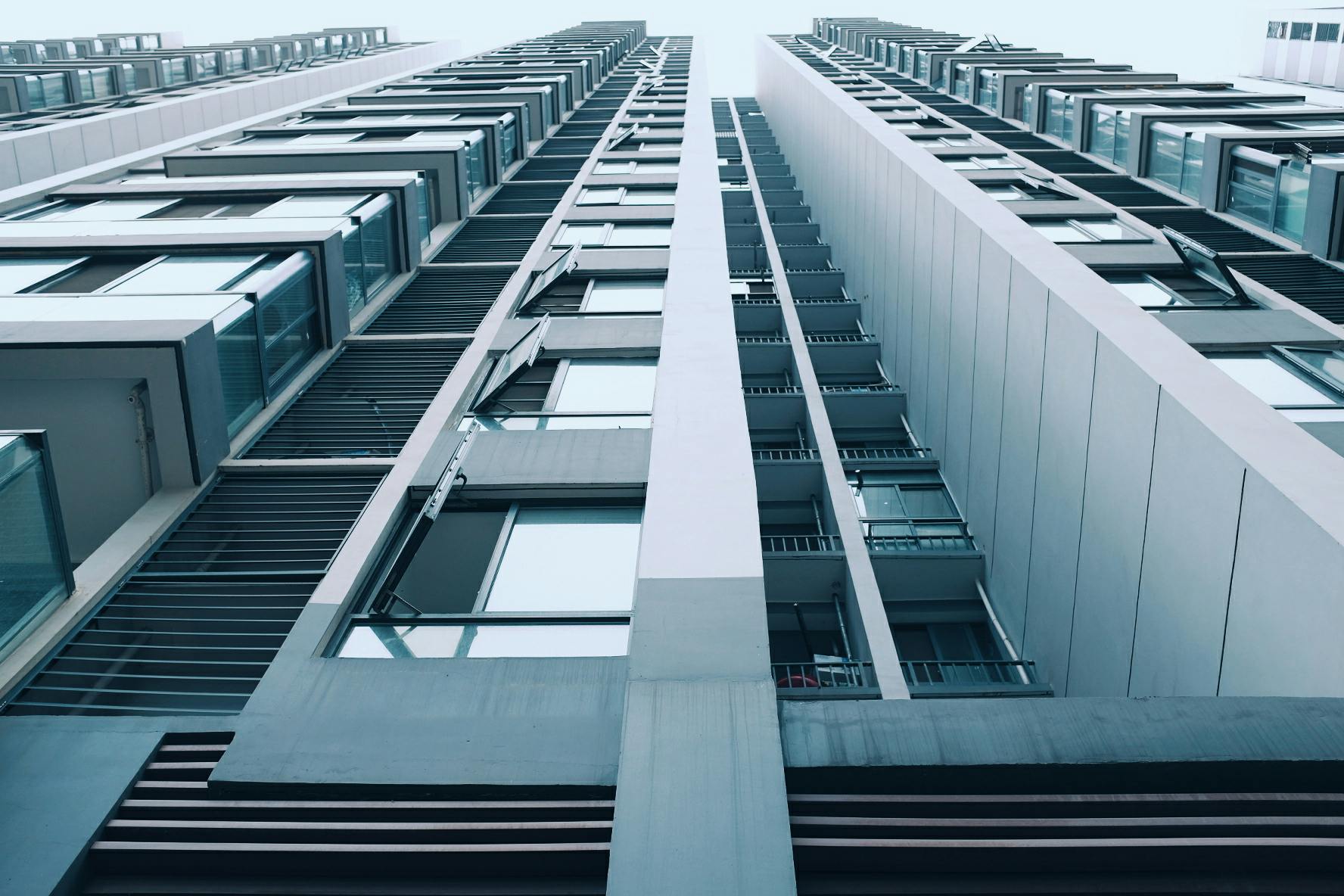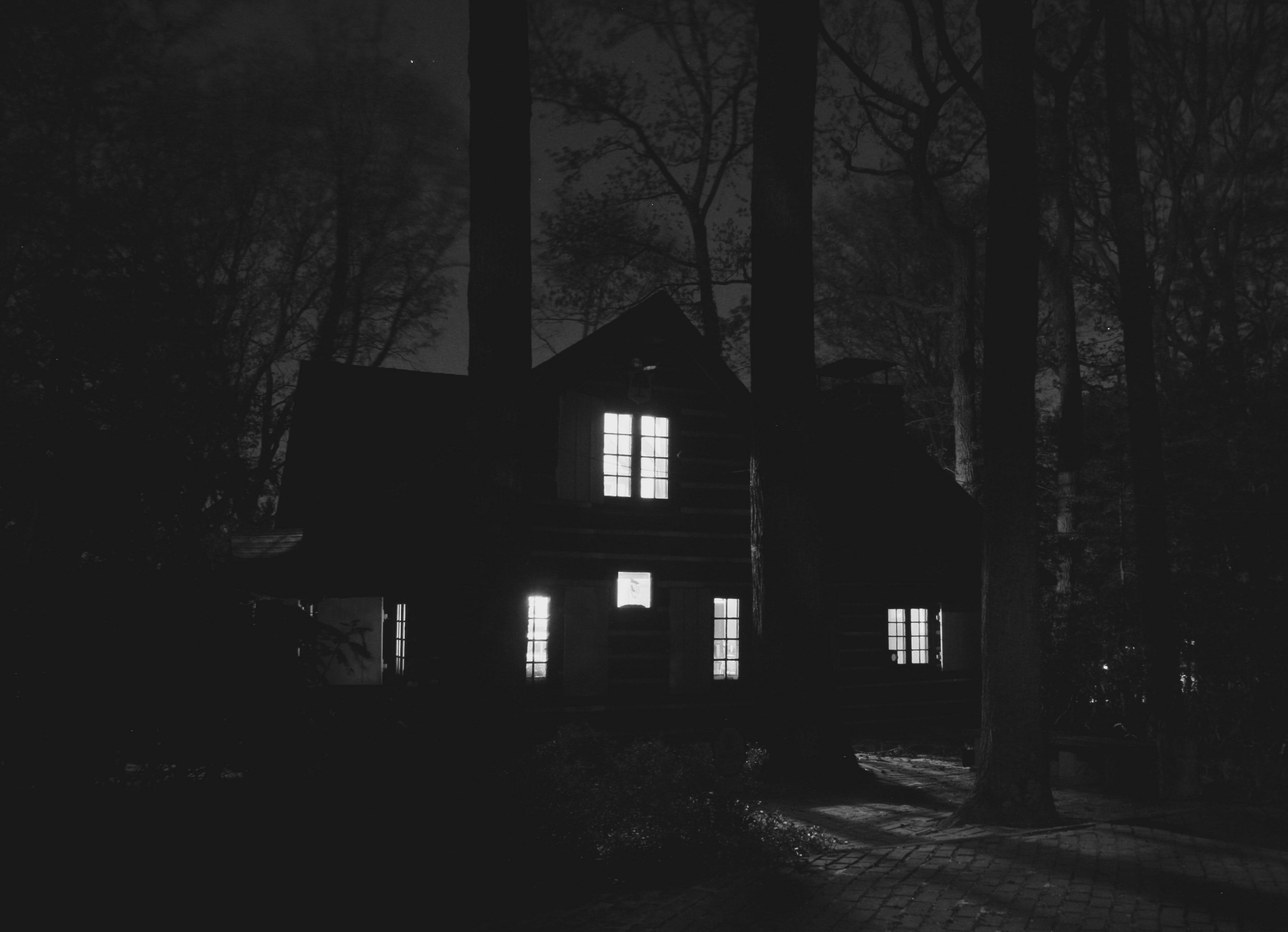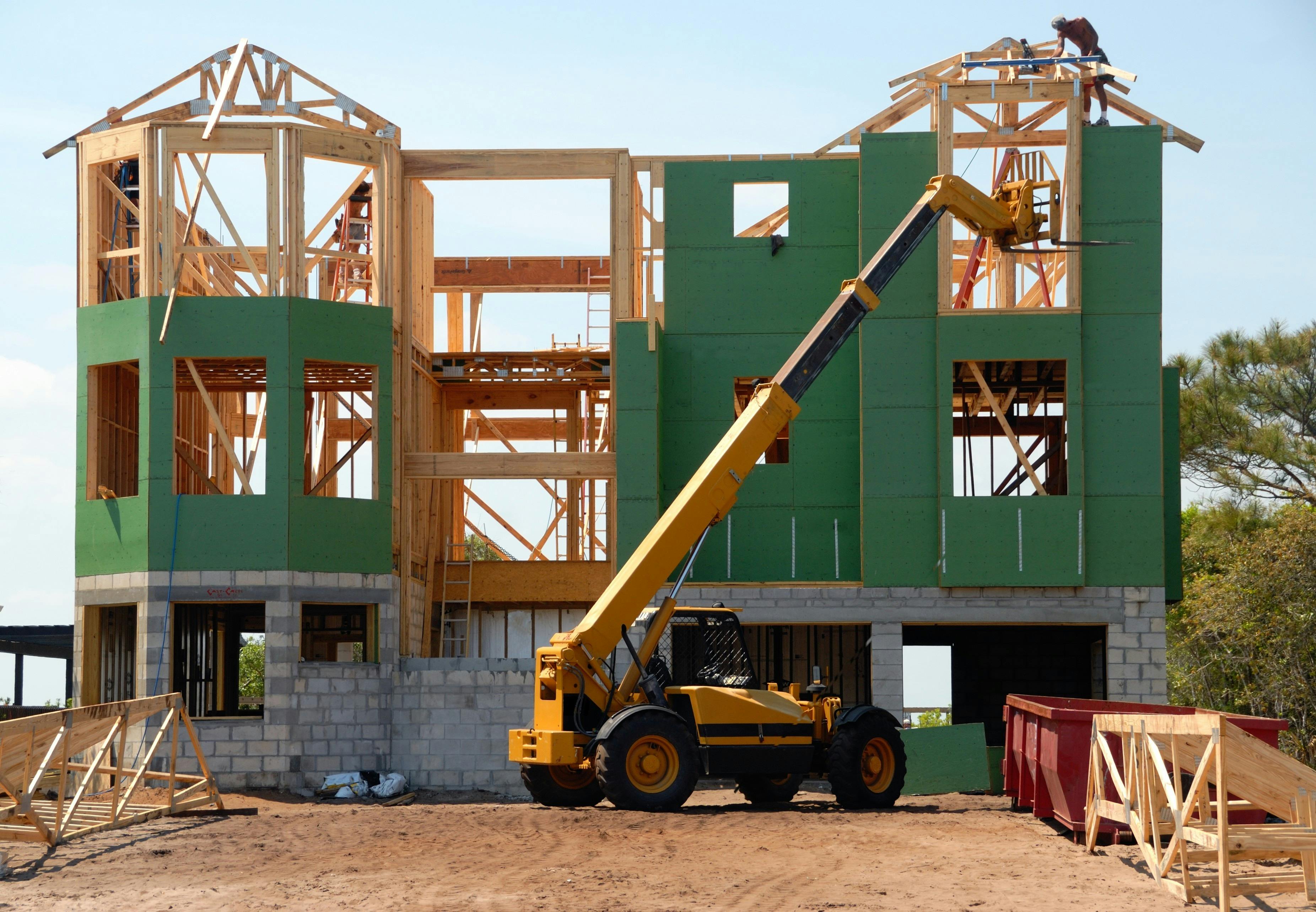I’m going to give you a crash course in understanding the values of apartment buildings (as well as other commercial real estate).
Conservative Guidelines on Understanding Apartment Numbers.
o Total expenses represent around 45-55% of gross operating income (GOI).
o The vacancy must always be taken into account (at least 5%) even if the property is fully rented.
o The replacement reserve (savings to fix various things around the property) should be approximately 3% of the GOI.
o Repairs and maintenance around 12-17% of the GOI.
o Management should be approximately 5% of the GOI.
Understand the value of an apartment building.
When it comes to residential real estate (anything under 4 units), the value is based on comparables of similar properties in the same area. With the apartments it is different. It is based on the amount of money the property generates. This is called the “income capitalization approach.”
1st step
Calculate the gross income. This is the total income of the property minus the vacancies. This income includes everything from rent, laundry, vending machines, parking fees, pet fees, etc.
After obtaining the total gross income, you will have to subtract “vacancy”. This is expressed as a rate.
Units / vacant space
Total space / units = vacancy rate / vacancy percentage
Typically 5% is a good number to use when analyzing a property.
Example
Gross Annual Income $ 500,000
Subtract vacancy 5% $ 25,000
Gross effective income $ 475,000
2nd step
Determine operating expenses. These include: taxes, insurance, administration, maintenance, reserves, and utilities.
3rd step
Determine the net operating income.
Gross Annual Income $ 500,000
Subtract vacancy 5% $ 25,000
Gross effective income $ 475,000
Total expenses $ 200,000
Gross effective income $ 475,000
Subtract the total expenses $ 200,000
Net Operating Income (NOI) $ 275,000
4th step
Select the capitalization rate, also known as the capitalization rate. Capitalization rates are the same as interest or internal rate of return (IRR). This is the return on investment. The higher the risk, the higher the capitalization rate and the lower the price. The lower the risk, the lower the capitalization rate and the higher the price.
5th step
Determine the value of the property. Divide the NOI by the capitalization rate.
NOI $ 275,000
Divide the capitalization rate 8%
Value $ 3,437,500
If you know the capitalization rate and the value, you can get the NOI, multiplying them (capitalization rate x value). If you know the NOI, divide the NOI by value = capitalization rate.
Gross income multiply
Price divided by programmed gross rent = gross rent multiply
Scheduled gross rent x gross rent multiply = price
The higher the gross rent, the higher the purchase price. Conversely, the higher the value of the income, the lower the gross income to multiply.
Capitalization rate
Net operating income divided by price = capitalization rate
The higher the capitalization rate, the lower the price or value, the riskier the investment. The capitalization rate does not take into account mortgage payments or debt service.
Capital return rate
Net cash flow + mortgage reduction + appreciation divided by down payment =% rate of return on principal. This does not take into account the holding period or taxes.
Cash-to-cash rate of return (cash flow before taxes)
This represents the amount of money you get back as a percentage of the actual cash you take out of your pocket to put into the deal.
Net operating income divided by down payment = cash over cash back
There is a quick way to view a property and determine the value. Take the NOI and multiply it by ten. If the number is in the purchase price stage, it is a good investment. The other way is to use “1% of unit cost”. Take NOI, multiply that by 10, then divide by the purchase price. Each unit must generate a monthly income of 1% of the unit cost. Eg Get the price, divided by the number of units = x. Now get one percent of that to see if it is less than the current monthly rent, if it is, it meets the 1% rule. Using the 1% rule will give you an idea of cash flow. If the rents are not at least 1%, the property may not produce positive cash flow unless there is a huge down payment.
A quick way to analyze a property is to use a pie diagram. Draw a circle in the middle of the circle, draw a line that goes from east to west. At the top you have the Net Operating Income is (NOI). In the lower half of the circle, divide it in half going up and down. On the left side of the new area, type the value. On the other side, type cap /%. So when you want to find the capitalization rate, put your finger on the section with the capitalization rate and divide the NOI by the value and it will be = capitalization rate. If you want to know what the NOI is, put your finger on the NOI, take the capitalization rate x the value, = NOI. To find the value, get the value, put your finger on the value, and divide the NOI by the capitalization rate = value.
Rate of return. One way is “cash on cash.” To get this, divide the money to spend after your expenses by the amount of cash investment you put into the property, usually your closing cost plus the down payment. The market value of your property, the impacts of cash flow. The higher your rate of return, the more efficient a property will be at generating rental money. In general, the higher the value, the higher the rents.
Debt coverage ratio (DCR)
Banks are primarily concerned with DCR when analyzing property. Since the property is the business, they want to make sure that the property is a worthy investment for them. This process tells them if the current gross income / rents will take care of the mortgage payment. Lenders have different requirements on what your minimum DCR is. To obtain the DCR, take the annual NOI (Net Operating Income) divided by the annual “Debt Service (Mortgage Payment)” which equals the Debt Coverage Ratio.
Here is a detailed DCR explanation from http://www.mortgage101.com
A key component in conducting an underwriting assessment is the Debt Coverage Ratio (DCR). The DCR is defined as the monthly debt compared to the net monthly income of the investment property in question. Using a DCR of 1: 1.10, a lender is saying that they are looking for a net income of $ 1.10 for each mortgage payment of $ 1.00. Typically, they will determine the DCR based on monthly figures, the monthly mortgage payment compared to the monthly net income. The higher the DCR rate, the more conservative the lender will be. Most lenders will never fall below a 1: 1 ratio (one dollar of debt repayment per dollar of income generated). Anything less than 1: 1 will result in a negative cash flow situation that increases the risk of the loan to the lender. DCRs are established based on the type of property and the risk that the lender perceives. Today, apartment properties are considered the least risky investment loan category. As such, lenders are more inclined to use smaller DCRs when evaluating a loan application. Make sure you are familiar with a lender’s DCR policy before spending money on an application. Ask them to give you a preliminary review of the investment property you want to buy. Information is free, errors are not.
Former.
$ 100,000
¬ $ 110,000 = .91 Debt coverage ration (DCR) negative cash flow
$ 157,000
$ 100,000 = 1.57 DCR (strong cash flow)




